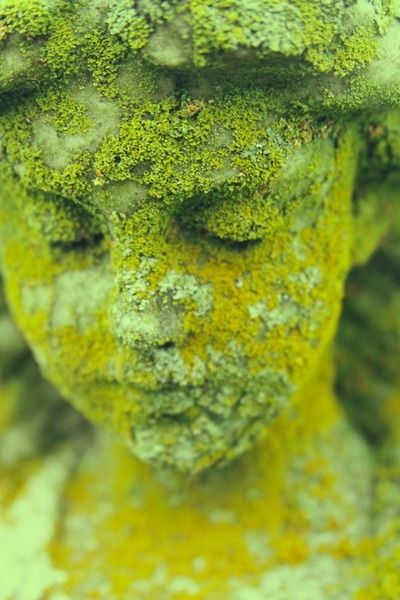They can cut all the flowers, but they can’t stop the spring.
– Pablo Neruda
Bianca was eternal, as well as the Garden. It was growing up with her and never getting old. Bianca was falling asleep by late autumn and waking up by spring. Her bedroom was caverns made out of branches, her pillows were little bears and her lullaby was October’s winds. And although Bianca loved the Garden and the Garden loved her even more, with every passing century, millennium, age and year, Bianca was starting to feel the emptiness, which created in her tiny heart a huge hole through and through. She was walking around with it, looking for a drop of blood, which could resurface from the sorrowful body. The space in her heart was becoming her own black hole, although the Garden was supposed never to recognize such an evil. The hole was sucking her out from the inside of her, trying to steal the lion’s share of her beauty.
A day came when, while walking lonesomely between the oak trees, Bianca found out what has engraved the solitude in her heart. She was the only one of her kind. She was the only one and dying. A creature, called for the eternity, has disregarded its’ role and started to die by driving in itself the daggers as in a dream. And although she kept on looking, in her world there were no others like her – there were no those who could understand her poems, listen to her playing, answer the questions, sing to her, console her and help to find the way. She had dogs, bears, wolves, and fish, she had ducks, goats, tigers and hinds, but no animal could have her. As well as all of the flowers, fruit, rivers, meadows, the neverending trees, trees, trees and forests with the sun penetrating beneath the separated crowns that she was almost unable to discern. They were further and further every day.

Bianca, realizing her misfortune, lost the joy of eternity and the dream in the beauty, lied down among flowers, turned her eye to the sky, as it is a habit of the ones who seek, and breathed her last breath as terrible as an earthquake.
This tiny creature, more fragile than anyone living on our earth and our moon, gave away the eternity by destroying the Garden. She did not know that although she does not see the love, the love was surrounding her since she was born by caressing her and letting her live with the beauty. The love was waking up with her every year, giving her shelter, flowers, and animals, taking care of her. And it was the love that she was supposed to look for there, where the emptiness started growing, because even if Bianca was despairing it, it was with her, waking up the skylarks and putting to sleep the bats.
As well as we who lose our sight in the brilliance and give up on a pile of flowers.
Werifesteria – (v) to wander longingly through the forest in search of mystery.
